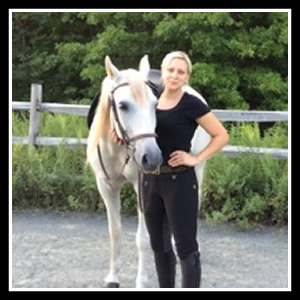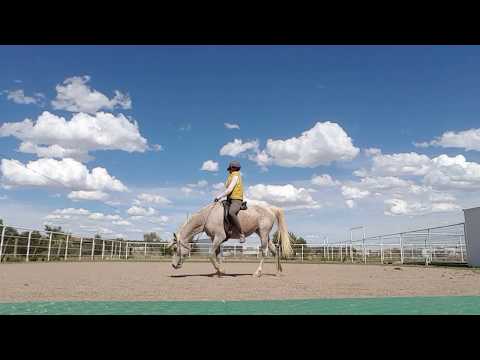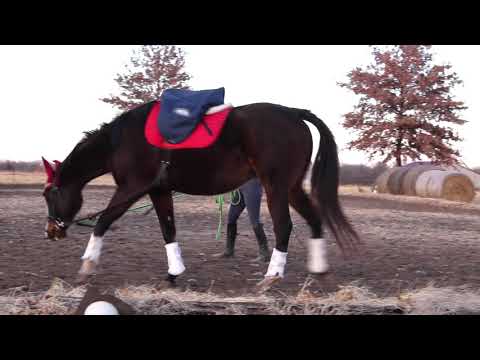Art2Ride Associate Trainer Program: Tytti Vanhala Demonstrates Work In Hand

Tytti Vanhala, Art2Ride Associate Trainer Trainee, demonstrates work in hand.
6 responses to “Art2Ride Associate Trainer Program: Tytti Vanhala Demonstrates Work In Hand”
Leave a Reply
Great work. I noticed that the title of this blog is associate trainer trainee. How does one go about being an A2R associate trainer. I would be very interested in becoming one. I’ve been riding and training horses for 30 years and this training makes so much more sense. Thank you and can’t wait to hear back.
Great to see this, this is the same kind of behaviour I get from my boy, crowding, trying to rush past, resisting lateral movement…. he’s getting tons better but good to see I’m not the only one and it doesn’t particularly mean that I’m doing it wrong.
Its very helpful to see a horse that is “not fully understanding/performing” the WIH…. gives we mortals hope and helps us know how to work within what the horse can offer
Is there a reason why the Art2Ride trainers don’t use a cavesson for lunging? I understand that perhaps for this particular session you had the bridle because of the WIH which followed, but I cannot remember any other lunge-only sessions (e.g. by Will) where he uses a cavesson.
Secondly, how would you advise to connect the lunge line? Just clicked to the bit ring/clicked to bit ring around nose band (to prevent pulling through)/over the head from the other side/…? There seem to be many flavours!





Great work. I noticed that the title of this blog is associate trainer trainee. How does one go about being an A2R associate trainer. I would be very interested in becoming one. I’ve been riding and training horses for 30 years and this training makes so much more sense. Thank you and can’t wait to hear back.
To be considered for our endorsement, Applicants should be working and studying regularly with Art2Ride, either online, at clinics or at home.
You must demonstrate to Art2Ride that you have developed the foundational skills of being able to tell whether or not a horse is working correctly over it’s back. You must understand how to teach a horse to stretch into the contact with reins and have the horse begin to work over its back using both the techniques of lunging and work in hand. You must have the patience to be able to wait for the horse to develop correctly once you have it working correctly over its back. You must be developed as a rider to the point that you have independence of the aids and can school the horse without interfering with the animal’s balance and without conflicting the aids.
Great to see this, this is the same kind of behaviour I get from my boy, crowding, trying to rush past, resisting lateral movement…. he’s getting tons better but good to see I’m not the only one and it doesn’t particularly mean that I’m doing it wrong.
Its very helpful to see a horse that is “not fully understanding/performing” the WIH…. gives we mortals hope and helps us know how to work within what the horse can offer
Is there a reason why the Art2Ride trainers don’t use a cavesson for lunging? I understand that perhaps for this particular session you had the bridle because of the WIH which followed, but I cannot remember any other lunge-only sessions (e.g. by Will) where he uses a cavesson.
Secondly, how would you advise to connect the lunge line? Just clicked to the bit ring/clicked to bit ring around nose band (to prevent pulling through)/over the head from the other side/…? There seem to be many flavours!
Answered by Art2Ride Associate Trainer Amber: Will used a cavesson once with a horse that had a tongue issue. In general I always connect to the bit. If I am using side reins and a chambon I connect directly to the bit. If I am not using a chambon I will usually go up and over. This helps if the horse pulls. It is good for the horse to have the bit so it can learn a good relationship with it. Hopes this helps!